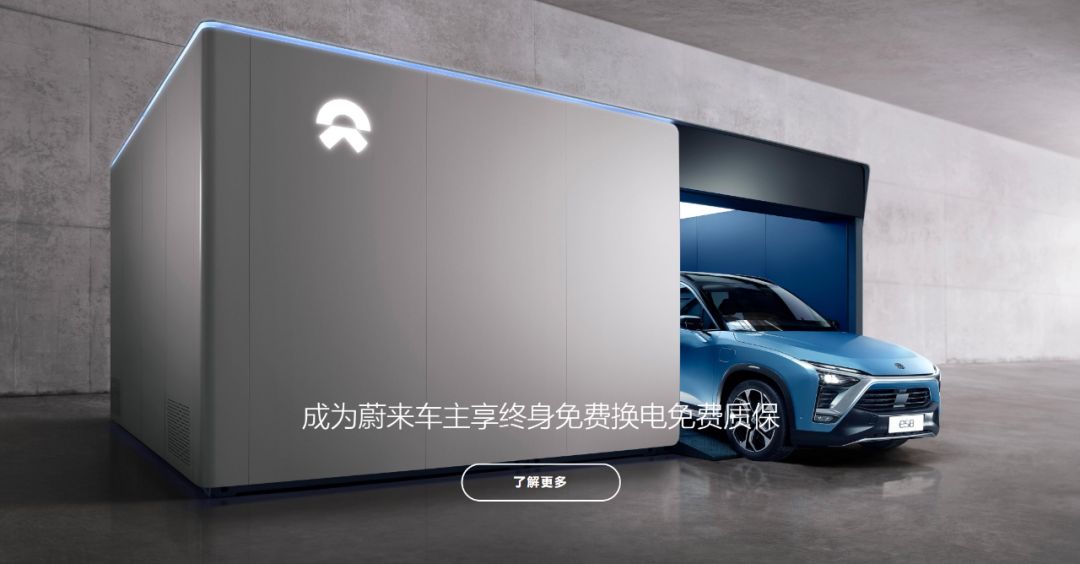On August 24, 2019, NIO officially announced its free battery exchange policy: From now on, first-generation owners of ES8/ES6 do not need to pay any extra fees for power replenishment at any battery exchange station.
There are different opinions from the public about this policy, but more importantly, we are concerned about how vehicle owners feel about it. Therefore, we interviewed three NIO vehicle owners who represent different typical usage scenarios:
-
There is a battery exchange station and a home charging station in the city they live in.
-
There is a battery exchange station in the city they live in, but no home charging station.
-
There is no battery exchange station in the city they live in, but they have a home charging station.
Let’s take a look at their attitudes towards NIO’s free battery exchange policy.

Sunny: A NIO ES8 and Tesla Model X owner, living in Guangzhou (with a battery exchange station) and has a home charging station.
Q1: How long have you had the car, and how many kilometers have you driven it?
A1: It will be one year since I picked up the car in a few days. I have driven approximately 23,000 kilometers.
Q2: Do you usually replenish the battery at home charging stations?
A2: Yes, home charging is the primary way. Besides, I still have some free out-of-town charging quotas and free highway battery exchange quotas.
Q3: Have you ever used the lifetime free battery exchange service provided by NIO?
A3: I’ve been eager to experience it, but every time I checked the status of the battery exchange station before heading out, it was quite tense and I couldn’t guarantee the availability of a fully charged battery.
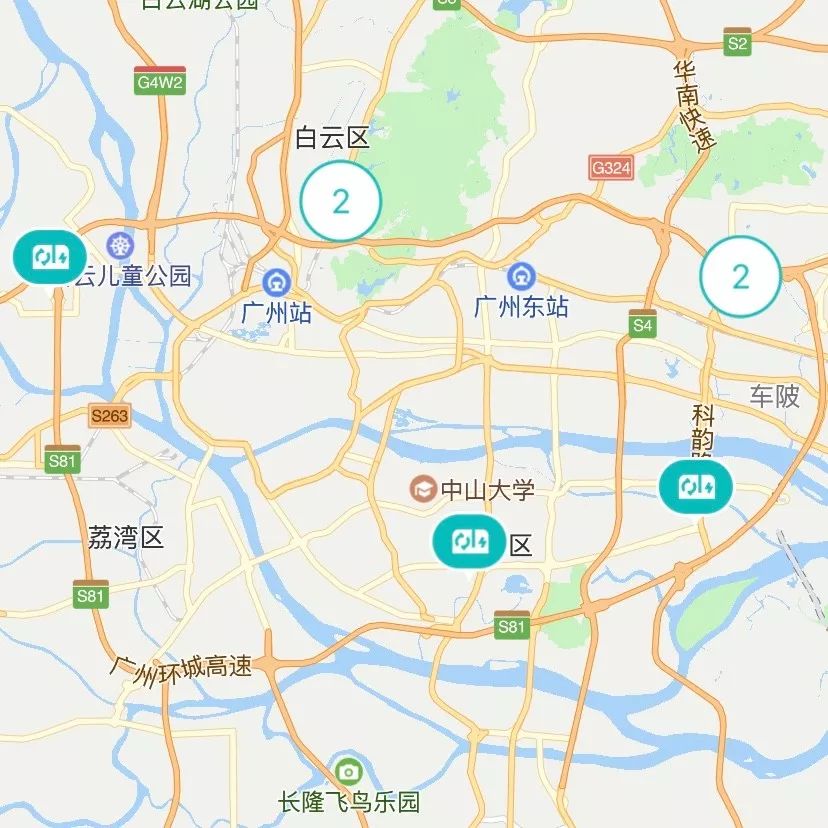
Compared with Tesla’s Supercharger, there is a significant difference regarding the amount of charge in the battery after replenishment. Tesla’s battery is charged according to the owner’s preference, but the amount of charge at NIO’s battery exchange station is determined by the station’s settings. Therefore, if there is no spare battery in the battery compartment, the waiting time for vehicle owners is determined by NIO and is largely uncontrollable by the owners. (We confirmed this with NIO staff. It is not necessary to fully charge the battery before exchanging it, and users can request a partial charge.)
In addition, to provide battery exchange services more efficiently, currently, vehicle owners cannot make appointments for battery exchange, nor can they check whether there is a queue at the exchange station through the APP.
After the opening of the free battery exchange service, the workload of battery exchange stations in the core areas of the city is still relatively high, so I still charge at home charging stations most of the time.I might consider driving my ES8 when traveling to Shenzhen in the future. Previously, I have always driven my Model X there, mainly because there are more Tesla Supercharging stations in the city and it is more convenient to replenish energy. However, now that the ES8 can switch batteries for free, the battery swapping stations in Shenzhen are quite good and swapping batteries is much faster than Supercharging, with a certain cost advantage. Although the cost of charging the two cars at home is not much different, the cost of Supercharging is still higher.
The advantage of battery swapping is that when traveling with friends, although the charging speed of Tesla is very fast, the waiting time for charging may cause anxiety. This situation can be avoided with battery swapping, haha.
Furthermore, even if there is no available battery at the swapping station, the overall waiting time is still shorter than using Tesla’s Supercharging (it is unlikely that all 5 batteries at the swapping station are low). In addition, the swapping stations are staffed, so there should not be any malfunctions, while I have encountered malfunctions with Tesla’s Supercharging before.
Overall, battery swapping and Supercharging each have their pros and cons. The current policy of free battery swapping is definitely beneficial to car owners, but the experience also depends on NIO’s later deployment plan for swapping stations. I will also observe future changes as an observer.
For Sunny, free battery swapping solves the problem of energy replenishment for long-distance travel. In most daily commuting scenarios, it is possible to replenish energy using home charging piles. But what if there is no home charging option?
Richard: NIO ES8 owner, based in Shanghai (with a swapping station), with no home charging pile.
Q1: How long have you had the car and how many kilometers have you driven?
A1: I have had the car for 355 days and driven almost 19,000 kilometers.
Q2: How do you usually replenish energy?
A2: In Shanghai, I usually use the One-Click Charging service. Recently, I have been in Wenzhou, where there is a home charging pile, so I did not buy the Energy Assurance Package.
Q3: After returning to Shanghai, are you going to continue using the Energy Assurance Package or switch to swapping batteries at the station?
A3: I will probably switch to swapping batteries. The swapping station is about 15 minutes one way from my home. I commute about 8 kilometers one way and it takes 20 minutes by car. I can swap batteries once a week. In the future, I can change the location of my movie theater to be close to the swapping station, which will not take up too much of my time. If I have a home charging pile, I wouldn’t bother going to the swapping station, as the home charging is much cheaper and more convenient.Q4: How was your experience driving from Shanghai to Wenzhou?
A4: The battery swapping station was not yet open on my way back, so I charged twice on the road and treated it as a rest stop. However, now the stations in Ningbo and Wenzhou are open, and charging for 20 minutes and swapping the battery twice is enough. It doesn’t really affect the time anymore. (Battery swapping is still very fast, and now it’s free.) As long as NIO is here, being a car owner is really awesome.

Q5: Do you think NIO’s free battery swapping policy can win over some hesitant consumers?
A5: Yes, first of all, users need to be informed about what battery swapping means. Many non-owners think they only need to swap batteries if the battery is bad. Market education needs to continue.
Q6: Are there enough battery swapping stations available?
A6: I think the quantity is fine. I occasionally check the app (NIO app supports online viewing of battery status in battery swapping stations). Most of the stations still have batteries, and if there are too many stations and everyone rushes to swap, NIO will lose money. For now, there should be a balance, with as many home chargers as possible, and battery swapping available where there are none.
From Richard’s experience, even if there is no home charger, it is very convenient to recharge with one click. And now that battery swapping is free, the cost of using a car is almost zero. So the free battery swapping policy is really perfect for car owners who live in cities with swapping stations nearby and without home charging points. But what if there are no swapping stations in the city? How do car owners view this?

All is well: Located in Xingtai, Hebei (without battery swapping station), with a home charging station.
Q1: Are you a NIO ES8 or ES6 owner? How long has it been since you picked up the car?
A1: ES6, picked up the car more than two months ago.
Q2: Do you have a home charging station installed?
A2: Yes.
Q3: Have you tried the battery swapping feature after NIO launched the free battery swapping policy?
A3: The battery swapping is great. I swapped the battery three times in two months after picking up the car, and all at the highway service area closest to my home, which is 40 kilometers away from the swapping station. But I wouldn’t go to the service area just to swap a battery. Home charging is very cheap and convenient.For users like “一切都好”, the policy of free battery swap has limited impact. As he said, even the nearest battery swap station is as far as 40 kilometers away. The physical distance directly determines that the current battery swap station network is difficult to have a strong positive impact on his energy supplement experience. However, with free battery swap, like Sunny, “一切都好” has the opportunity to “cause comfort” in long-distance travel situations, considering both cost and experience.
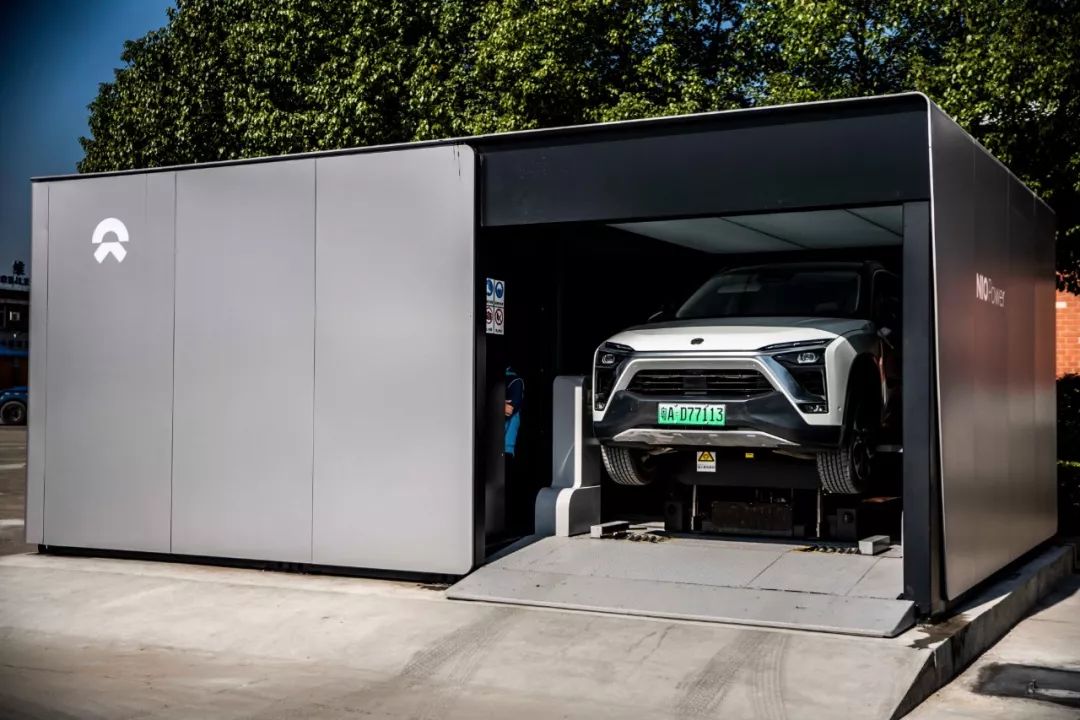
In 2012, Tesla pioneered the free energy supplementation as a means of establishing a global supercharging network. Seven years later, NIO joined the camp with free battery swapping. There is no essential difference between the two in terms of the operation logic of “improving user experience by energy consumption cost, reducing energy consumption cost, and attracting new users to purchase cars”.
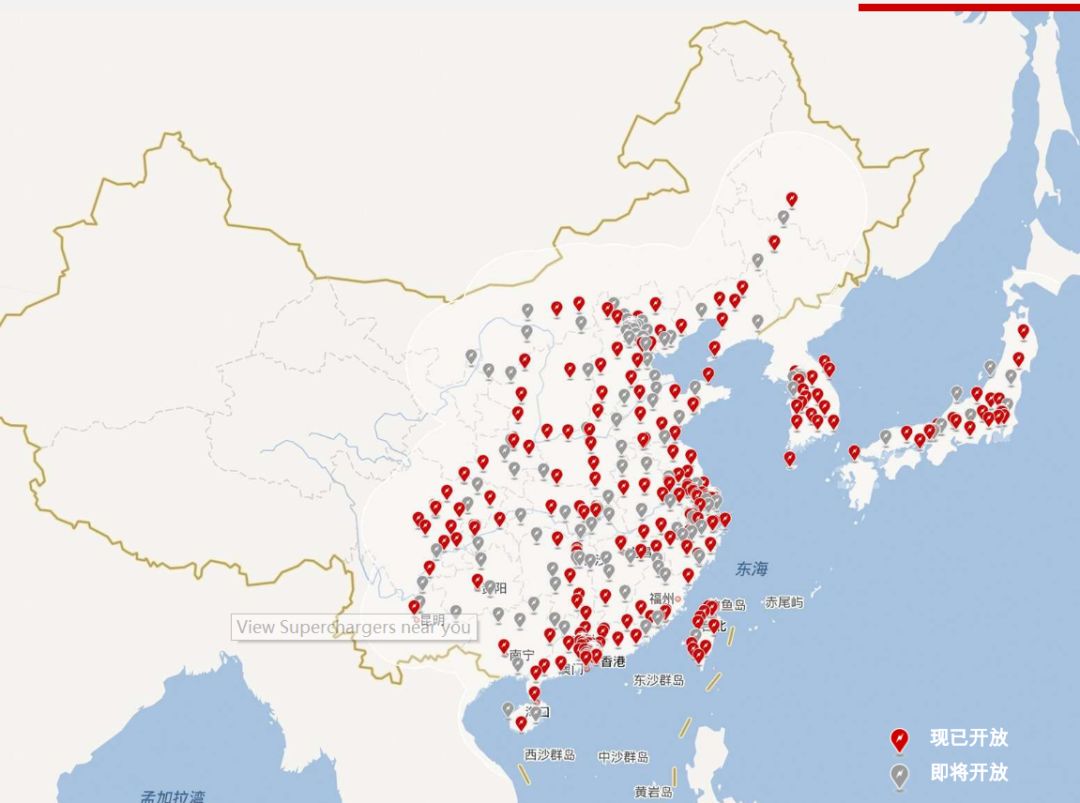
For NIO, the launch of free battery swap business did not increase much expenditure. The infrastructure cost and personnel cost of operation and maintenance have always existed. The extra cost for NIO is only the electricity cost generated by battery supplement, which could save the labor cost of road service specialists. Due to the policy of free battery swapping, many car owners will actively go to the battery swap station to swap, which replaces the previous one-click charging, as Richard mentioned in the previous paragraph.
Finally, let’s talk about the battery swapping, which is still controversial and has polarized comments. A key doubt of everyone about battery swapping in the entire industry is that only NIO has it, and battery swapping does not have significant economic benefits in terms of research and development or scale. However, on June 25, the “Technical Requirements for Fast Exchange of Electric Vehicle Battery Boxes” was specified to be held at NIO headquarters.
The entire battery swapping standard was revised and led by NIO. The flip side of being unique is the advantage of being the first mover. But as mentioned by the car owner earlier, NIO has only built 122 battery swap stations nationwide, and it is difficult to say how much influence it has generated with such a scale.
If NIO’s demand for free battery swapping is not only to reduce costs but also to further improve user experience and even attract new users to place orders, NIO still needs to continue working on the battery swapping network density and the throughput of a single battery swap station.
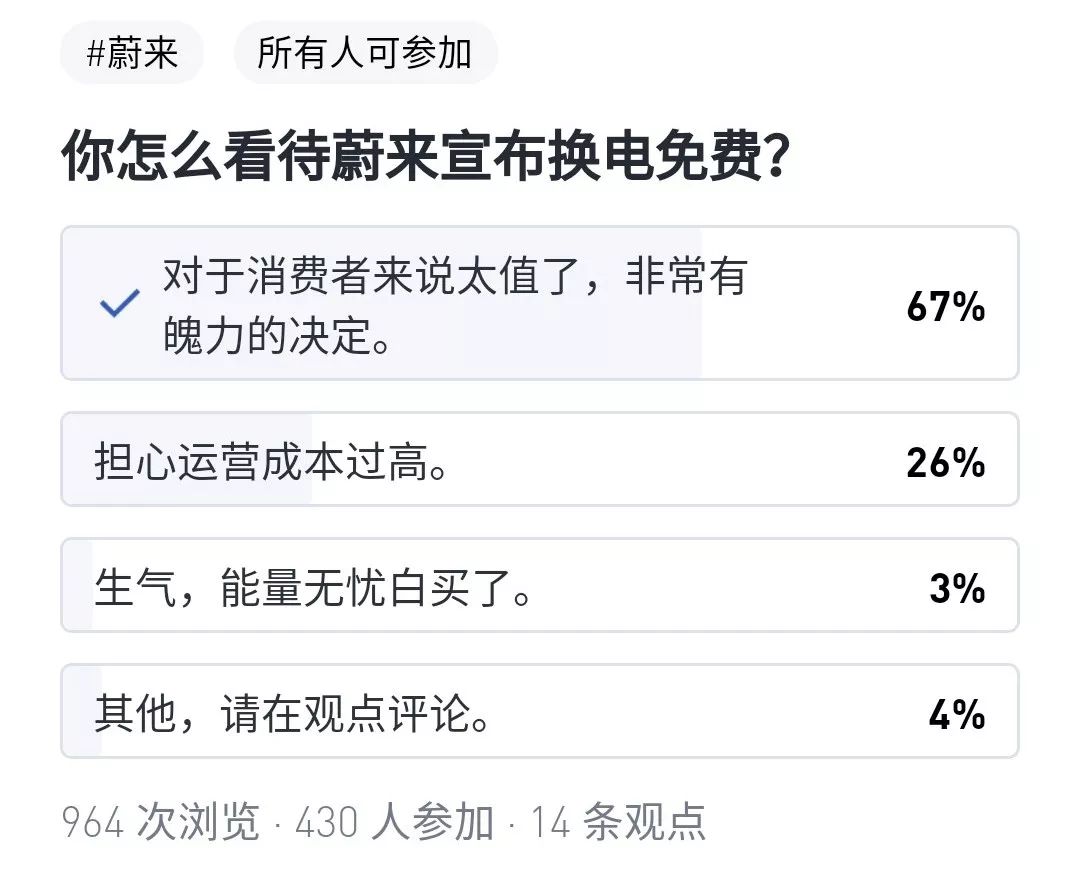
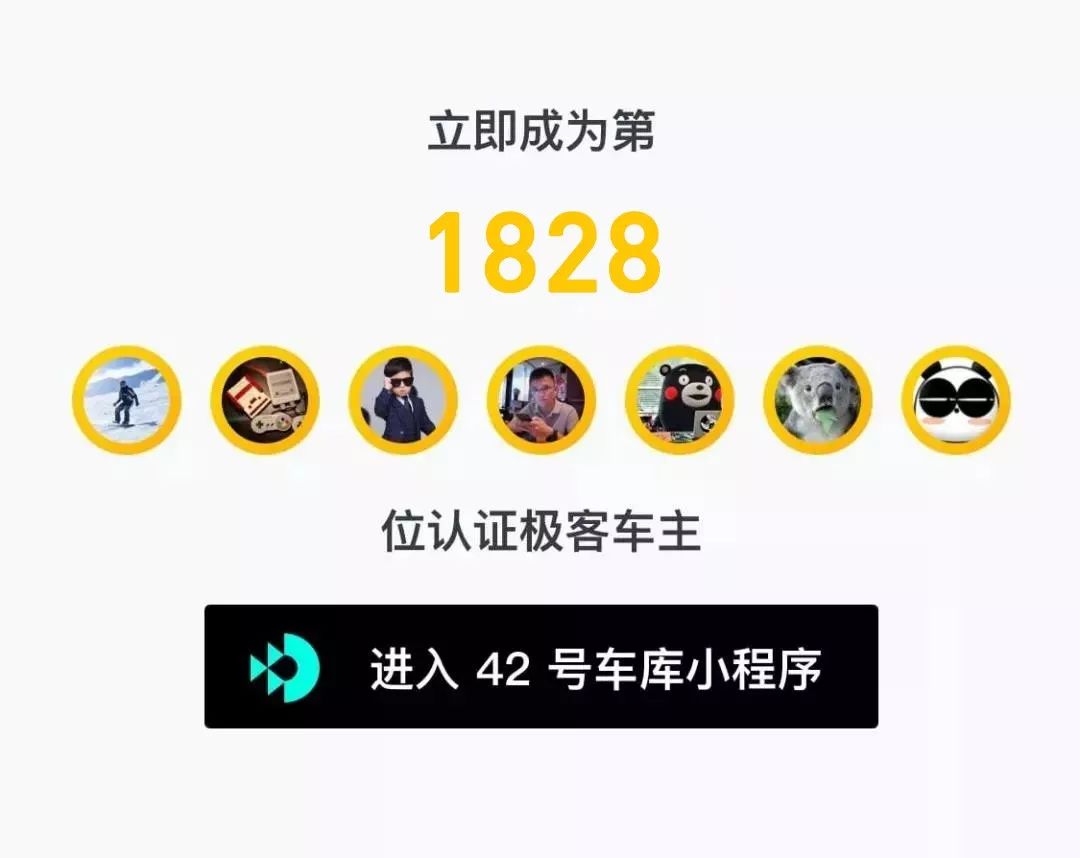



This article is a translation by ChatGPT of a Chinese report from 42HOW. If you have any questions about it, please email bd@42how.com.
